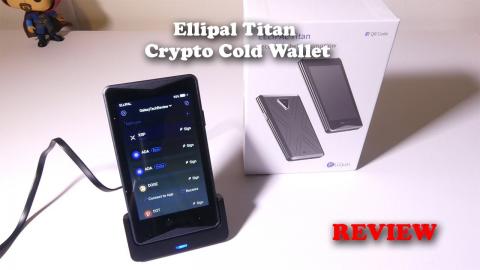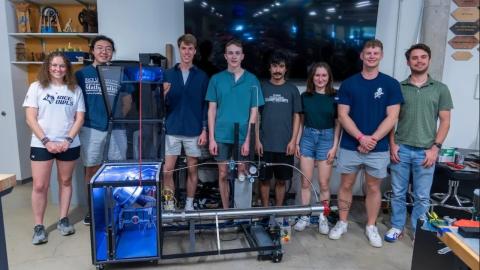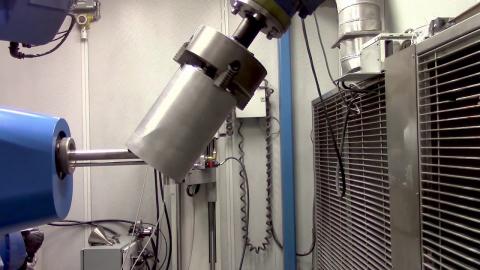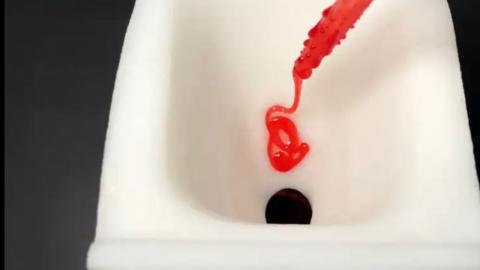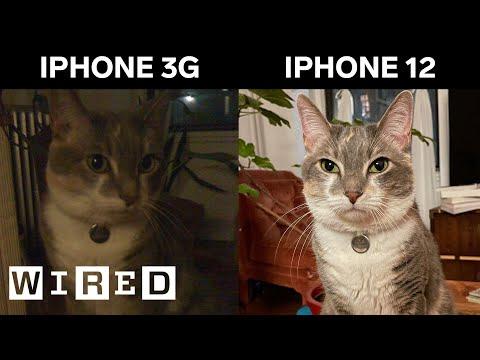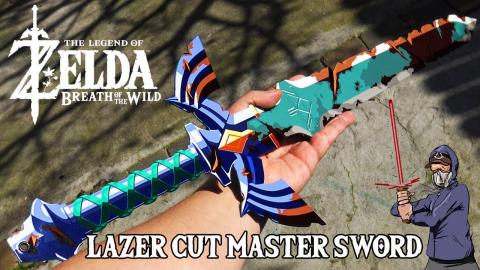Cracks in 3D Printed Toilet, Nanosat Cold Spray Part and 2GL
Description
We previously spoke about Dubbo Regional Council implementing a $300,000 (Australian dollar) 3D printed block of toilets. That same block is now exhibiting hairline cracks and needs to be repaired. Will this lead to better safety practices on the part of 3D printed construction firms?
University of Melbourne has worked with the Australian Space Agency and Italian Space Agency as well as cold spray company Titomic to make copper thermal management components for a nano scientific satellite. The satellite illustrates how low cost components can be made as well as how 3D printing can enable lower cost satellites.
Bico company nanoscribe has released Two-photon grayscale lithography (2GL) for its Quantum X. This is said to be from 10 to sixty times faster than other 2PP (two-photon polymerization) methods and could be used to make optical and micro optical components.



